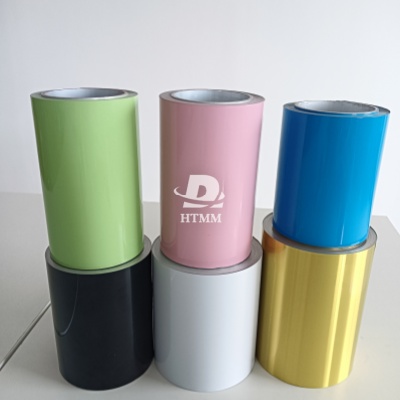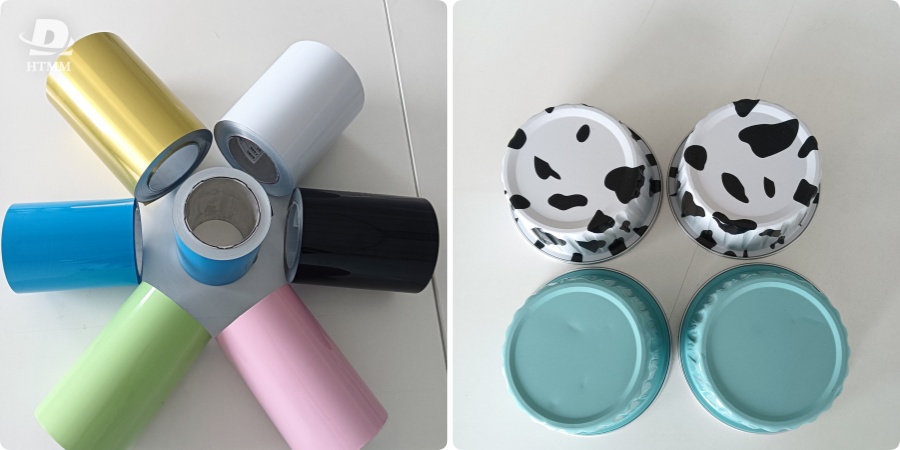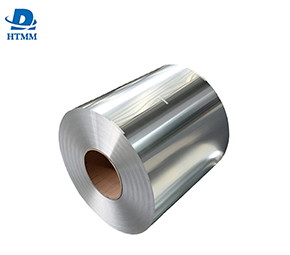For safe and nutrient-dense meals to be transported and stored for astronauts on space missions, packing becomes even more crucial. Aerospace food containers have to meet stringent requirements for material purity and sealing integrity in addition to providing content protection in harsh conditions. Making the right colored aluminum foil choice is crucial to creating dependable, food-safe packaging solutions. Considerations including barrier qualities, post-treatment choices, and FDA compliance are covered in this article.

Colored Raw Materials for Container Foil
The first factor in compliance for food packaging is the raw material utilized in the foil. Typical choices for aerospace-grade aluminum foil alloys are as follows:
Because of its FDA-approved purity levels, 3003 H24 Aluminum Foil is the alloy of choice for general food packaging. 3003 foil offers balanced mechanical qualities and less than 0.5% contaminants.
Aluminum Foil 8079: As the alloying components surpass FDA limits, this product is not recommended for direct food contact. Applying the proper barrier coating allows it to be used as an outer layer.
The 3003 alloy is usually specified for direct food contact in order to guarantee material safety. Long mission durations are also preserved by its resistance to corrosion.
Colored Aerospace Food Container Foil Selection

Additional factors like thickness, surface treatment and sealing also impact suitability:
Thickness: Heavier gauges between 0.008-0.012" are common for meal trays to prevent bagging or punctures from internal pressures.
Slip Additives: Coatings with FDA-approved lubricants ease folding but must be completely removed from food contact areas. Residual lubricants could contaminate contents.
Barrier Coatings: Multi-layer laminates or resin coatings on the inner surface enhance sealing and prevent migration of off-odors/flavors into foods throughout long storage periods.
Sealing Methods: Pressure seals, conductive heating wires or induction welding all provide hermetic closures vital for maintaining food freshness in satellite environments. Proper sealing validates packaging performance.
Post-treatments: Printing inks, pigments and coatings used to color the foil must be food-grade and tested to confirm they don’t interact or leach substances into enclosed meals.
Thorough evaluation and validation of each component ensures the complete assembled food package will maintain integrity for mission timelines.
HTMM's Role in Aerospace Food Packaging Development
As an experienced aluminum foil producer, HTMM applies its technical knowledge and testing resources to support customers developing innovative, safe food packaging solutions tailored for space:
Material Certifications: HTMM’s stringent quality system guarantees foil meets all material, purity and heavy metal restrictions defined by the FDA.
Barrier Analysis: Laboratory permeability tests quantify the barrier performance of laminated or coated structures against oxygen, moisture and flavors under accelerated shelf-life conditions.
Sealing Validation: Using customer’s unique sealing techniques or tools, HTMM simulates final closure and conditioning steps to verify hermetic seals can withstand launch vibrations and thermal/pressure variations in low-Earth orbit.
Shelf-life Studies: Accelerated aging of foil-based packages subjected to temperature cycling and gamma radiation helps predict long-term stability and ensure containers maintain structural/sensory protection throughout mission durations.
Pilot Runs: Small production trials are conducted to modify processes, refine specifications or qualify alternate raw materials/post-treatments before full-scale manufacturing implementation.
Working directly with customers from initial design through validation testing and pilot production, HTMM helps translate innovative food packaging concepts into optimized, mission-ready solutions meeting both functional and compliance needs for astronaut feeding programs.
Selecting the proper colored aluminum foil configuration requires evaluating multiple factors important for safe, durable packaging of nutrition and provisions aboard spacecraft. Beyond normal container requirements, aerospace food containers demand compliance with stringent FDA limitations and performance testing demonstrating long-term protective capabilities under extreme environmental exposures. Working alongside experienced partners able to characterize materials, validate sealing methods, certify shelf-life and conduct pilot manufacturing trials enables system developers to confidently incorporate optimized foil-based solutions serving critical astronaut health and safety objectives during exploration missions.





